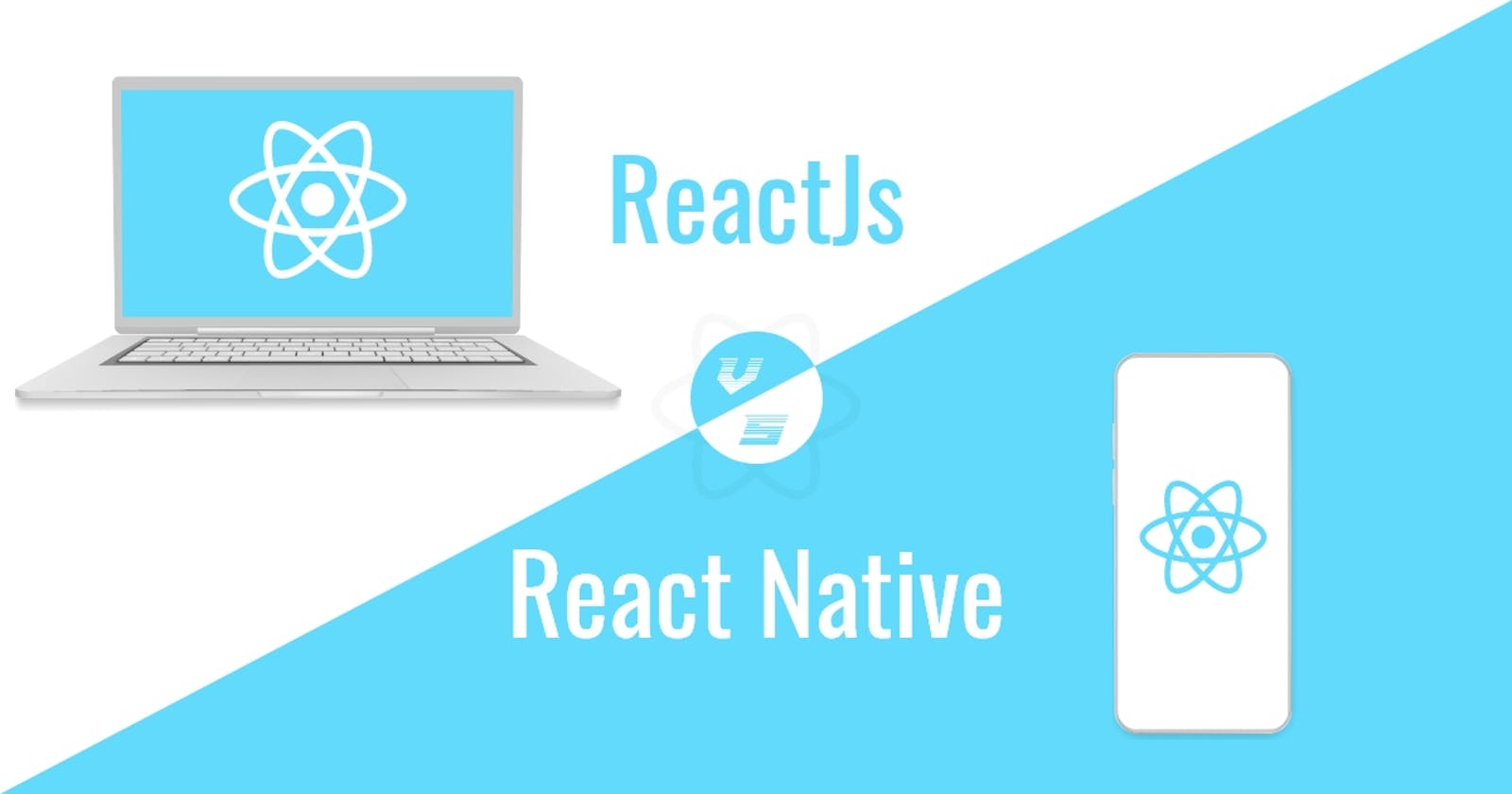In this digital age, businesses and organizations use web pages and mobile applications to upscale their businesses which helps in breaking physical barriers, promoting their brands, and making their mark in the online market space globally.
In trying to restructure the web development world, Facebook built the open-sourced JavaScript tool in 2011 known as the ReactJs, and in 2015, React Native was introduced, and they have gained popularity since then.
Individuals frequently need clarification about the striking distinctions between ReactJS and ReactNative. Their names are comparable, as the two of them are created by Facebook and have the same logo. All in all, what makes them unique? What makes them different?
What Is ReactJS?
ReactJS, often known as React, is an open-source JavaScript-based library that helps developers create dynamic user interfaces for websites and web apps. It is highly valued as it helps put together the UIs for the back-end and front-end servers. From binge-watching on Netflix to reading the news on a news website, everything is built on the ReactJS framework.
What is React Native?
React Native is a framework used for cross-platform web application development. With this framework, you can create a native application that works seamlessly on Android OS and iOS. It is used to develop applications for Android, Android TV, iOS, macOS, tvOS, Web, Windows, and UWP by enabling developers to use the React framework and native platform capabilities.
Differences between ReactJS and React Native
Reactjs vs. React Native is an interesting comparison that challenges developers to consider each technology's value and potential for creating web applications, mobile applications, mobile responsive web pages, and more.
Installation
With ReactJS, you select a component bundler, Webpack, to create a new project, then pick bundling modules that work best with your project. You can integrate your React components into your HTML page with the script tag.
With React Native, you need a working environment like Android Studio and Xcode and tools like JSDK, React Native CLI, and Node to develop an app.
ReactJS uses the Virtual DOM(Document Object Model). This programming interface makes it simple to interact with DOM elements to render UI interfaces, while React-Native does this for mobile applications using Java and native APIs.
Use
ReactJS is a JavaScript framework for creating web applications. React Native is a framework that enables programmers to create native, cross-platform mobile applications.
Reusable Components
The components that make up a ReactJS web application have their logic and controls. These components can always be reused. With React Native, it is a little more complicated. Codes have to be rewritten for different platform-specific requirements. Each native app created on ReactJS has its platform-specific code.
DOM and Styling
ReactJS uses HTML Visual DOM elements such as JSX, which allows HTML to be effectively utilized with JavaScript rendering HTML components using HTML-like tags.
For ReactJS:
<div>
<p>ReactJS uses simple HTML tags</p>
</div>
In contrast to React Native, which employs native components such as “view” and “text” tags for Android or iOS.
For React Native:
<view>
<text>Welcome to React Native</text>
</view>
ReactJS styles components with CSS, SASS, and Bootstrap files. React-Native cannot be styled the same way as ReactJS. It uses in-built animation libraries instead. Any styles needed are supposed to be created with the stylesheet component.
For React Native Styling: const style = StyleSheet.create({ color :"blue", width: 50%, height: 50%, }) ```
Layout
All components in React Native have a display of flex and a column direction applied by default. Therefore, display: flex is not required. Flexbox is now universally enabled, making it more straightforward to style the layout.
Search Engine Friendly
Search Engine Optimization(SEO) is one of the significant advantages of using ReactJS. ReactJS allows server-side rendering, which improves a website's SEO by generating organic traffic. When a Google bot connects to a server that has already created the material and images, the caching and indexing of the information are improved. React Native exclusively works on creating apps with smoother feels and highly responsive UI interfaces. It has no business with SEO.
Learning path
Reactjs may take a novice developer substantially longer to learn than React Native. Reactjs has a higher learning curve due to many external, third-party libraries compared to the very few native libraries for Reactjs., which might be problematic for inexperienced developers trying to use it to create an app.
Storage
ReactJS uses local storage to store its data, which can be stored and managed as long as needed, while React Native uses Asyncstorage. React Native also has libraries that have to store data. Realm or SQLite can also be used as substitutes.
In conclusion, these are the fundamental differences between ReactJS and React Native. One cannot be substituted for the other. They both have their specific and unique functions. React is great for creating responsive, high-performing, dynamic user interfaces for your websites, whereas React Native is made to make your mobile apps feel as native as possible.
I hope you found this useful. I would love to hear from you so please feel free to drop a comment or connect with me on Twitter, LinkedIn, or you can check out my Githubpage for some of my projects.
